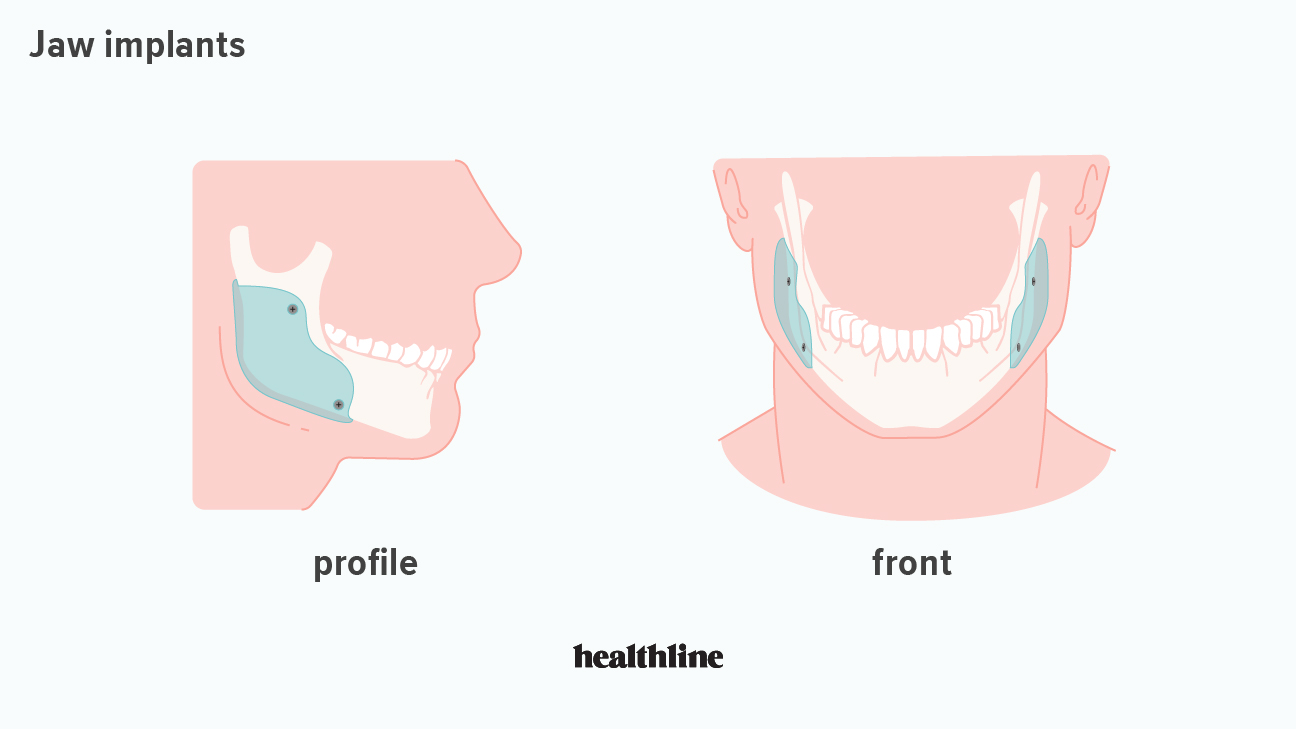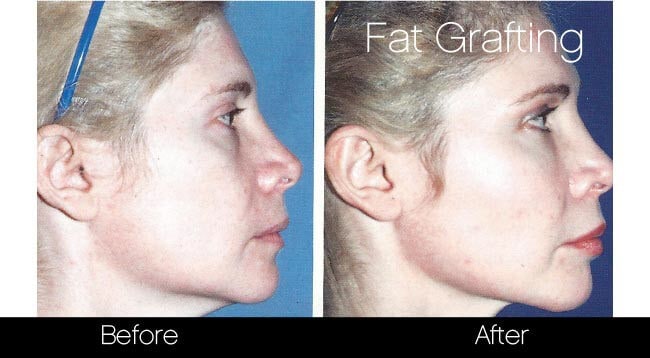
Composite implants can be used to correct an Asian's nose. A great option for augmentation is to use cartilage taken from the nose and ribs. Dr. Chow uses cartilage to change the tip shape of the nasal. Dr. Chow has the rare ability to use cartilage from many sources in order to reshape and augment the nose.
Autologous rib cartilage
Asian rhinoplasty can be one of the most difficult procedures in facial plastic surgery. Many Asian patients are seeking a more refined, high-strength nasal bridge. There are many augmentation options that can be used to achieve the desired results. One of the most versatile graft materials is autologous rib cartilage. This tissue is versatile and can be used for many purposes, including augmentation or formation of new dorsal length.

Sliced cartilage fascia
The dorsum is the bony area of the nose that runs between the eyes to the tip. A surgeon can improve the dorsum either by placing a synthetic implants or adding diced cartilage facia grafts. The latter is a more natural-looking procedure because the surgeon can sculpt the cartilage to the patient's desired shape and size.
Shield grafts
For Asian nose surgery, shield grafts are an option. They can be used to restore the tip of the nose to its normal shape and height. The procedure involves using a cartilaginous shield to create a new dome. You have two options: a curved or smooth graft or one that is flat and ridged. You can have one layer or multiple layers. The surgeon will determine the number of layers necessary based upon how much projection is required.
Skin grafts
The success rate of Asian nose skin-grafts is not always good. The Asian nose envelope is extremely thick and can prove difficult to narrow using traditional methods. To reduce the size of the tip, but preserve the thickness and soft tissue, the doctor may use structural cartilage grafts. He may also use a combination or both of these techniques to enhance the appearance of your nose.
Silicone nasopharynx
An Asian patient had complained after undergoing rhinoplasty that a silicone implant in the nasopharynx had moved. This was due to an error by another surgeon. The contour of this area was initially fine after surgery, but after a year, the contour was still not perfect.

Alar base modification
There are numerous techniques available for narrowing and modifying the alar base and nostrils, but few studies have specifically addressed Asian individuals. A technique that may prove useful for Asian patients is combined sill-alar excision. This addresses both wide nostrils as well as alar flare. In a retrospective cohort study, this technique was evaluated.